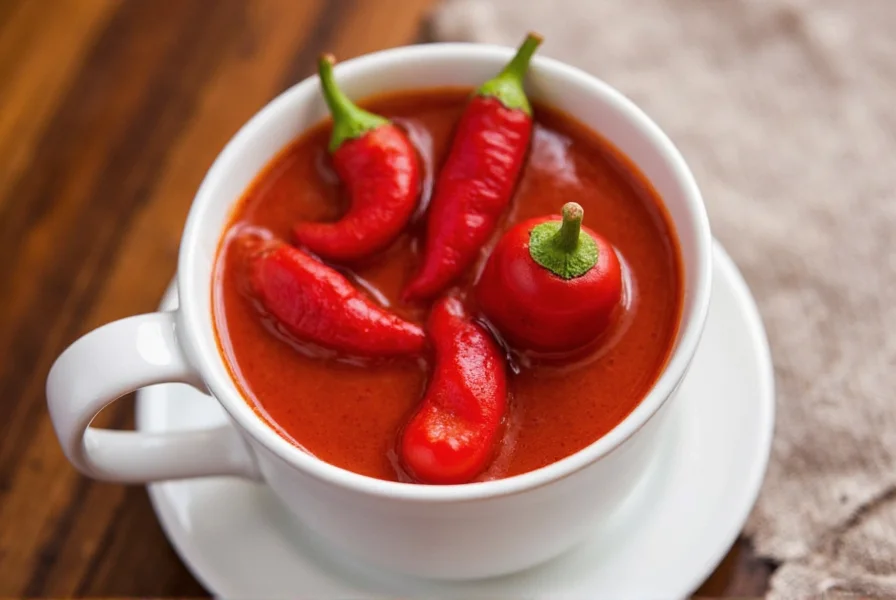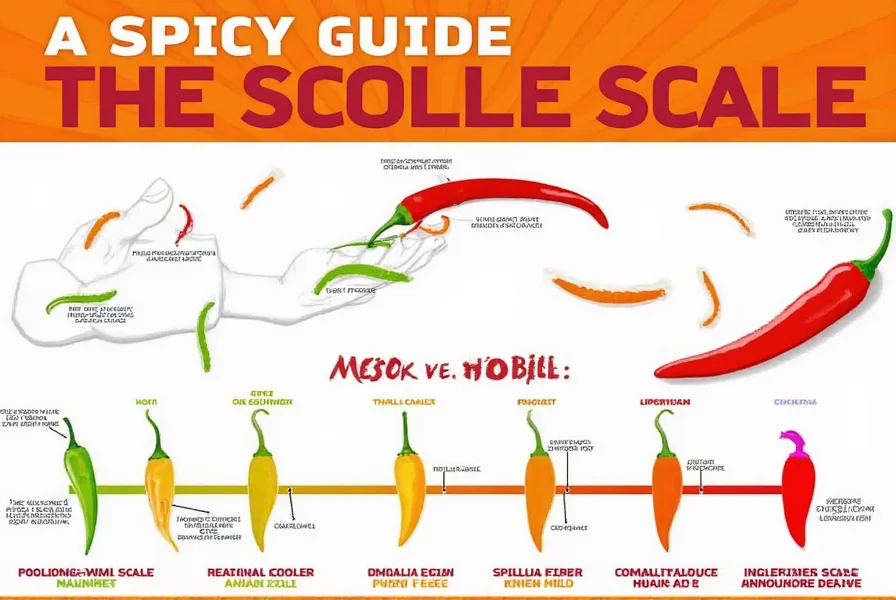Craving a delicious bowl of spiced beef ramen? This easy step-by-step recipe delivers rich, flavorful broth, tender beef, and perfectly balanced spices in under 90 minutes. Whether you're a beginner or experienced cook, you'll master the art of spiced beef ramen with clear instructions and pro tips.
Table of Contents
- Ingredients List
- Step-by-Step Instructions
- Spice Basics: Why They Matter
- Pro Tips for Perfect Flavor
- Frequently Asked Questions
Ingredients List
For 4 servings:
- 1 lb (450g) chuck roast or beef shank, cut into 1-inch cubes
- 4 cups (950ml) beef broth (homemade or high-quality store-bought)
- 8 oz (225g) fresh ramen noodles
- 2 tbsp sesame oil
- 3 cloves garlic, minced
- 1 tbsp fresh ginger, grated
- 2 tbsp gochujang (Korean chili paste)
- 1 tbsp soy sauce
- 1 tsp rice vinegar
- 1 tsp sugar
- 1/2 tsp black pepper
- 1/4 cup water
- Salt to taste
- Garnishes: sliced green onions, soft-boiled egg, sesame seeds, bean sprouts
Step-by-Step Instructions
- Prepare the beef: Pat beef dry with paper towels. Season with salt and black pepper.
- Sear the beef: Heat 1 tbsp sesame oil in a large pot over medium-high heat. Sear beef cubes for 3-4 minutes per side until browned. Remove and set aside.
- Sauté aromatics: In the same pot, add remaining sesame oil. Sauté garlic and ginger for 1 minute until fragrant.
- Bloom spices: Add gochujang, soy sauce, rice vinegar, and sugar. Stir for 30 seconds to release flavors.
- Cook broth: Return beef to the pot. Add beef broth and water. Bring to a boil, then reduce heat to low. Cover and simmer for 1.5 hours until beef is fork-tender.
- Cook noodles: While broth simmers, cook ramen noodles according to package instructions. Drain and set aside.
- Assemble bowls: Divide cooked noodles among bowls. Ladle hot broth and beef over noodles. Top with garnishes like green onions, soft-boiled egg, and sesame seeds.
Spice Basics: Why They Matter
Spices transform ramen from ordinary to extraordinary. Here's how each key ingredient contributes to flavor depth:
- Gochujang: Provides sweet-spicy depth and umami richness (use 2 tbsp for medium heat; adjust to taste).
- Sesame oil: Adds nutty aroma; drizzle at the end for maximum fragrance.
- Black pepper: Enhances savory notes without overpowering; freshly ground is best.
- Garlic and ginger: Form the flavor base; sautéing unlocks their full potential.
| Spice | Flavor Profile | Best With | Use Cases |
|---|---|---|---|
| Gochujang | Spicy, sweet, umami-rich | Beef, pork, vegetables | For Korean-style spiced ramen |
| Sriracha | Sharp, tangy, slightly sweet | Beef, chicken, tofu | Adjust heat levels easily |
| Black Pepper | Pungent, earthy, warming | All meats, broths | Enhances natural flavors |
| Sesame Oil | Nutty, aromatic | Any ramen, especially with vegetables | Adds depth and fragrance |
| Sichuan Peppercorns | Numbing, citrusy, floral | Beef, seafood, stews | Perfect for Chinese-inspired ramen |
Pro Tips for Perfect Flavor
- Broth depth: Simmer broth for at least 1.5 hours to extract collagen from beef for silky texture.
- Heat control: Add gochujang gradually; taste after each spoonful to avoid overpowering spice.
- Balance: If too spicy, add a teaspoon of honey or a dollop of yogurt to mellow heat.
- Timing: Cook noodles separately to prevent mushiness; add to bowls just before serving.
Frequently Asked Questions
What's the best cut of beef for ramen?
Chuck roast or beef shank are ideal—they contain connective tissue that breaks down during slow cooking, creating tender meat and rich broth. Avoid lean cuts like sirloin, which become tough.
Can I use pre-cooked beef?
Yes! Leftover roast beef or steak can be sliced thinly and added to hot broth just before serving. For best results, reheat gently to avoid drying out the meat.
How do I make this less spicy?
Reduce gochujang to 1 tbsp and add 1 tsp of sugar to balance heat. For mild versions, omit gochujang entirely and use 1 tsp of smoked paprika for depth without spice.
Can I make this vegetarian?
Absolutely! Substitute beef broth with mushroom or vegetable broth, and replace beef with tofu or seitan. Use 1 tbsp of miso paste for umami richness instead of gochujang.
How long does it take to make from scratch?
Total time is 90 minutes: 30 minutes prep and 60 minutes simmering. Pressure cookers can reduce simmering time to 30 minutes.














 浙公网安备
33010002000092号
浙公网安备
33010002000092号 浙B2-20120091-4
浙B2-20120091-4